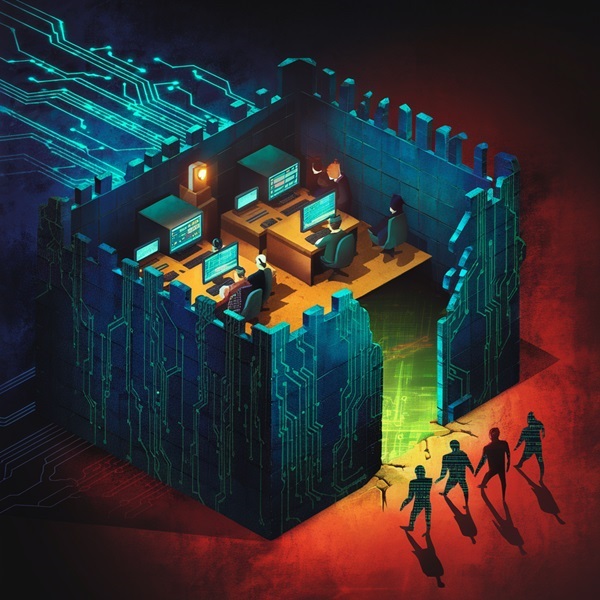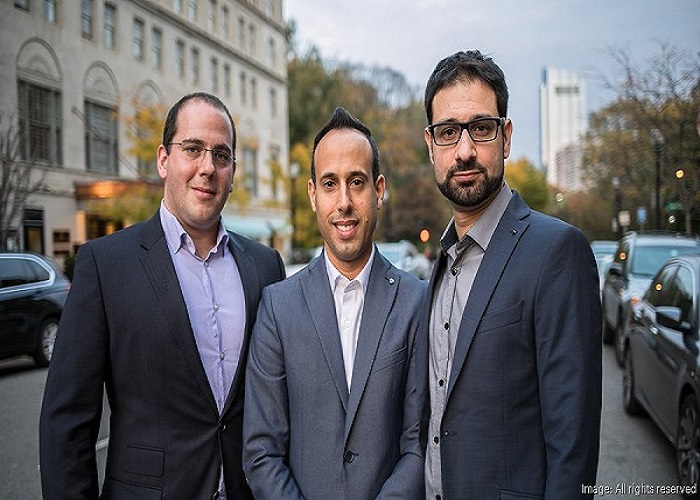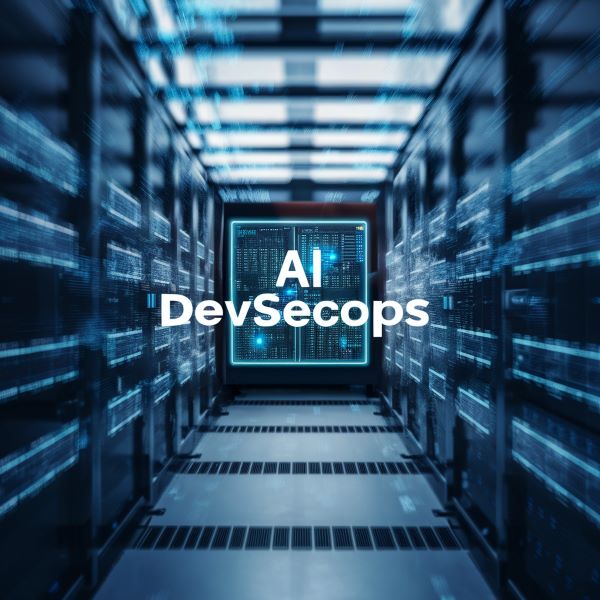What happens when the very technology designed to drive innovation becomes a company’s biggest security threat? As AI continues to shape industries and fuel growth, a critical shortage of professionals equipped to secure AI systems is observed. This gap, highlighted by recent reports such as the O’Reilly 2024 State of Security Survey, paints a concerning picture of organizations struggling to keep pace with the unique risks posed by AI. Despite AI’s rapid integration into core business operations, there simply aren’t enough experts who understand how to defend it effectively. And without that expertise, even the most innovative AI solutions are vulnerable to attacks.
This shortage isn’t just about numbers, but the specialized knowledge required to secure AI. Unlike traditional software, which can be safeguarded with conventional security measures, AI models operate differently, prone to threats like data poisoning, adversarial manipulation, prompt injection, and model inversion attacks. These are not typical vulnerabilities that standard security teams are accustomed to handling. Instead, they demand an in-depth understanding of how AI algorithms work, and how they can be subtly leveraged for cyberattacks.
The Risks of an Unsecured AI Landscape
According to a recent global survey, over 60% of organizations have reported security incidents involving their AI tools. The consequences are real and severe, where compromised AI systems become tools of malicious intent. These incidents range from minor disruptions to catastrophic breaches that expose sensitive data and intellectual property.
To address this pressing issue, many organizations are investing heavily in upskilling programs. By training cybersecurity professionals in AI-specific skills, companies are filling immediate gaps and fostering a culture of continuous learning and adaptation.
Some organizations are also forming partnerships with universities and research institutions. These collaborations help shape a new generation of AI security experts. By building strong ties with academia, companies can access a pipeline of talent tailored to meet their evolving security needs.
Meanwhile, others are turning to AI-powered security tools for assistance. These tools extend the capabilities of understaffed teams by automatically detecting and mitigating threats. This approach allows security teams to focus on strategic concerns rather than getting bogged down in manual threat hunting.
In response to the growing tech skills gap, industry giants like IBM and Microsoft have taken proactive measures by launching new Experience Zones. These centers aim to improve AI accessibility through hands-on exploration of cloud computing and AI technologies. With projections indicating a potential shortage of 85 million tech workers by 2030, costing the global economy $8.5 trillion in unrealized annual revenues, initiatives like these are essential to bridging the skills gap.
However, the question remains: Will such initiatives be enough to fill the AI security skills gap? As businesses explore AI-enabled security tools, the urgency to train professionals in AI-specific vulnerabilities intensifies. While organizations prioritize AI security tools, the workforce must be equipped with the necessary skills to effectively deploy these solutions.
Conclusion:
The AI security skills gap presents a significant risk to organizations embracing AI technologies. Addressing the AI security skills shortage is not just a matter of filling roles. It’s about securing the future of enterprise technology. As AI systems become more embedded in critical infrastructure, the stakes will only rise. Organizations must prioritize AI security training to secure their AI assets from emerging threats.
By taking proactive steps today, companies can build a solid foundation of expertise that will enable them to face the challenges of AI security confidently. Ultimately, securing AI is about more than protecting data; it’s about ensuring that innovation continues to thrive, safely and responsibly.





